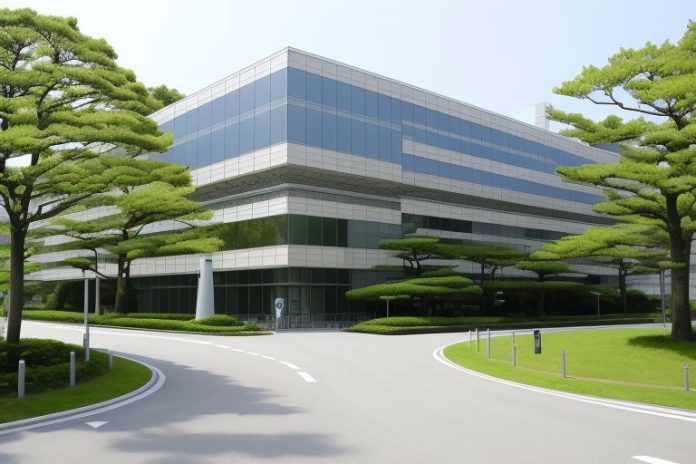The current advance in microprocessor technology specifically in Japan, marked a new proposal for creating a new research institute for chip technology near Tokyo. The initial move is essential for the revival of Japan’s role in global technology markets, according to Fumihiro Inoue, a renowned expert in semiconductor research. The proposal has been made against the backdrop of stepped-up competition from newly emerging players, including South Korea and Taiwan, that have recently built up a strong semiconductor manufacturing capacity.
Inoue also emphasized the need to build up the semiconductor development process anew through the creation and dissemination of new technologies through cooperative work between academics and industries. They addressed that this new institute should consider embracing such higher risk-reward research areas as quantum computing and artificial intelligence in semiconductors. Japan can become a leader in these areas, which are currently changing at a very high rate if it promotes an innovative environment.
It addresses the call for a dedicated research institute is in line with Japan’s general vision that seeks to reinvigorate manufacturing base after years of stagnation. The government has come to realise the need for semiconductors especially being cores for different industries from consumer products to automobiles and aerospace. Through the establishment of research facilities for semiconductors, Japan longs to attract important human capital and capitalize on innovations that may result in the fourth generation of semiconductor chips.
Many CEOs have endorsed Inoue’s ideas of the strategic need to nurture a single nation becoming a semiconductor research and development base. An institute of this nature could foster partnerships between universities, new-age start-ups, and longstanding business enterprises. This model of collaboration has been useful in other geographical locations internationally, notably Silicon Valley in the USA.
In addition, specialists state that the establishment of such an institute can contribute to closing the deficit of semiconductor engineering in Japan. As a vast number of experienced professionals leave this industry without adequate numbers of similar calibers entering into the market, the need for instructional programs that offer specialization in semiconductor technology is dire. With collaboration with the academic institutions, the proposed institute can introduce training processes that reflect some important competencies that students may require in this technologically advanced field.
For this particular line of effort, Inoue recommended the adoption of existing resources like the one from TTIT. By incorporating their experience into this new academic model, Japan is ready to progress rapidly in this area while adhering to the emerging trends around the world in semiconductor development.
However, a number of questions arise as to how such an initiative can financially be undertaken or supported by the government. Earlier efforts to revitalize the semiconductor industry in Japan have been held up by the silo system and other stakeholders pulling in different directions. Nevertheless, Inoue anticipates that as the public becomes more aware of the critical position of semiconductors, all sectors will be motivated to support the cause.
All in all, the demand for the creation of a brand-new chip research institute near Tokyo can be concluded as a confident recognition of the fact that semiconductors are the primary movers in the sphere of technology development. The Japanese government will, therefore, have created one more opportunity to partner its academics with the industrial market to help address midwest workforce challenges through various special education programs, hence providing the nation a chance to lead in this important sector once again. It will therefore be important to act now in ascertaining that long term success persists with regards to semiconductor innovation as the competition turns global.

